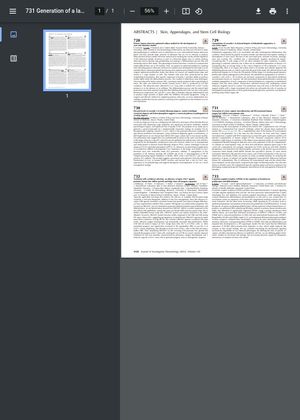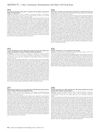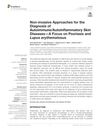Generation of a Laser Capture Microdissection and RNAseq-Based Human Anagen Hair Follicle Transcriptome Atlas

TLDR Scientists created a detailed map of gene activity in different parts of human hair follicles.
This document reports the creation of a transcriptome atlas for human hair follicles (HFs) by using laser capture microdissection and RNA sequencing to analyze the gene expression profiles of 8 selected compartments of human anagen VI HFs. Principal component analysis showed a high degree of similarity between biological replicates and distinct transcriptional profiles for each compartment. The study validated the transcriptomic map by confirming the location of known signature genes, such as VCAN and ALPL in the dermal papilla, and KRT85 and KRT31 in the precortical hair matrix. The researchers also introduced an accessible database for analyzing gene expression and gender-dependent differences in human HF compartments. This atlas facilitates the identification of novel signature genes and can guide the development of targeted therapies for HF disorders.



